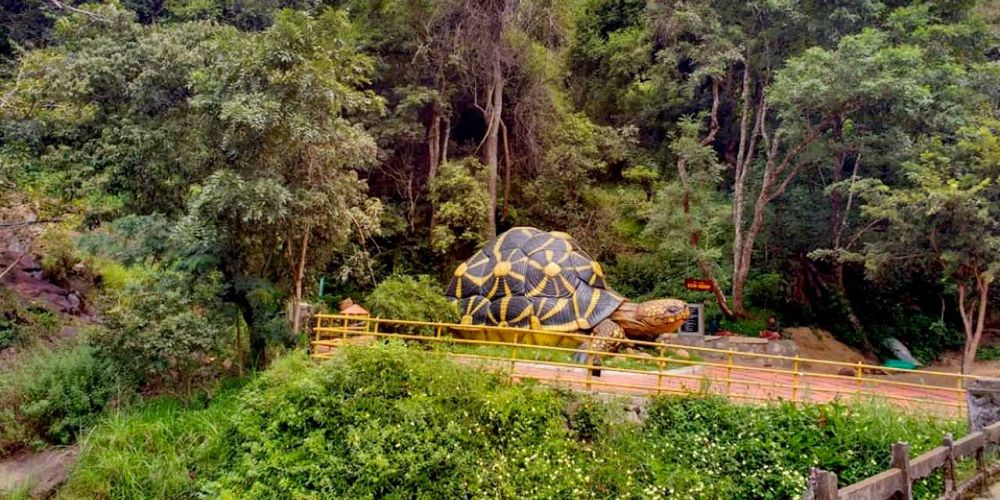

The Chinnar Wildlife Sanctuary, nestled in the Western Ghats of Kerala, India, has long been a jewel in the crown of Kerala's ecotourism initiatives. Established in 1984, this protected area spans 90.44 km² and is famed for its diverse ecosystems that range from dry thorn forests to riparian types, high sholas, and wet grasslands.
The history of tourism in Chinnar Wildlife Sanctuary is a fascinating journey marked by the gradual increase in the awareness of the unique biodiversity of this region. Initially, the sanctuary served a crucial role in the protection and conservation of its rich flora and fauna. It wasn't until later years that it became a prominent tourist destination.
Over time, Kerala's government and the Forest Department recognized Chinnar's potential for ecotourism. With its proximity to the popular hill station of Munnar, Chinnar started to attract visitors keen on experiencng its wildlife and scenic beauty. The authorities then developed infrastructure that facilitated responsible tourism while ensuring minimal impact on the environment.
One of the core aspects of tourism in Chinnar is the ecotourism initiative which includes guided trekking programs to wildlife watching spots, waterfalls, and prehistoric sites. The sanctuary is home to a variety of endangered species, including the grizzled giant squirrel, Indian star tortoise, and rusty-spotted cat. Birdwatchers flock here to catch a glimpse of the vibrant birdlife, which features the yellow-throated bulbul and white-bellied drongo.
Tourism evolved with a strong emphasis on local participation, allowing indigenous tribes like the Muthuvans and Hill Pulayas to become stakeholders in conserving their homeland. They now play an integral role in managing eco-tourism activities, offering visitors an opportunity to learn about their culture and traditional practices.
Conservation efforts have always been a prime focus, with strict measures in place to ensure that the influx of tourists does not disturb the delicate balance of the sanctuary's ecosystems. Studies and surveys for scientific research are ongoing, adding to the knowledge and strategies for the conservation of Chinnar's biodiversity.
In recent years, there has been a significant shift towards sustainable and responsible tourism practices. Visitors are becoming more interested in authentic experiences that offer a connection with nature and local cultures. The sanctuary's tourism conforms to this trend, promoting programs such as eco-camps, the river trek program, and the interpretation center that educates tourists on the ecological significance of the sanctuary.
With advancements in digital technology, online bookings and virtual tours have also become a part of Chinnar's tourism landscape. Active social media engagement and promotion have helped in increasing its visibility and in educating potential tourists about responsible visitation practices.
Chinnar Wildlife Sanctuary remains a testament to successful ecotourism in India, demonstrating a balance between tourism development and wildlife conservation. For anyone interested in exploring the unspoiled beauty of the Western Ghats and experiencing nature in its purest form, Chinnar Wildlife Sanctuary stands as an inviting destination.